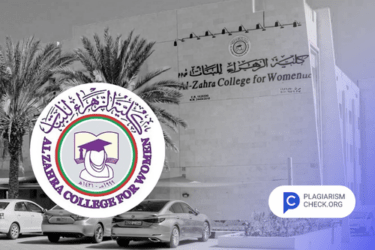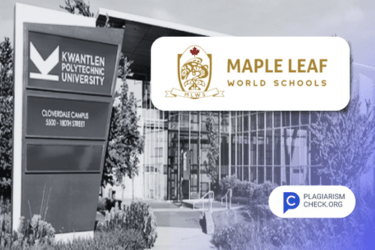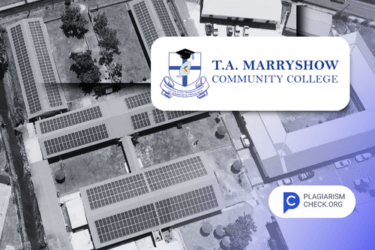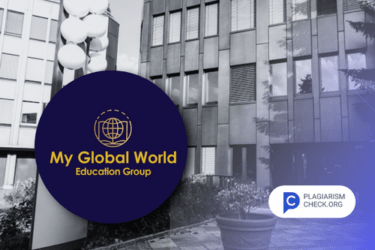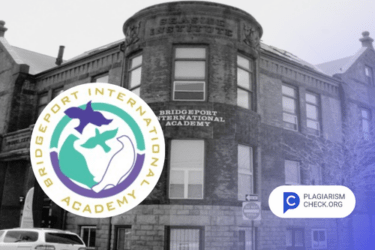Profile

In this case study, we consider how the use of a plagiarism checker at a university-model school impacts learners’ awareness of accidental plagiarism and teachers’ ability to catch plagiarism and educate students on the importance of originality.
Challenge
Courtney Johnson, English Department Chair at Matthew Road Academy, was looking for a solution to help students avoid accidental plagiarism. As the school offers courses on Creative Writing and Publications, educating students on the importance of originality and academic honesty is crucial. “With Plagiarismcheck, we were seeking a tool to help students realize when they were plagiarizing others’ works by accident,” says Johnson.
On the other hand, teachers required a way to uncover deliberate plagiarism and take action. So, Johnson was looking for “a tool that would help teachers hold students accountable when plagiarism was intentional.”
Solution
According to Johnson, ease of implementation was one of the crucial factors in choosing the tool, especially as it was intended for both teachers and students. Moreover, since one of the school’s primary ideas is to provide an affordable education opportunity for every family, Matthew Road Academy was looking for an economically reasonable solution.
“After using trial versions of several vendors, we chose Plagiarismcheck because of the integration with Google Docs, the ease of use, the reliability, and the cost,” explains Johnson.
Johnson sees significant changes after integrating PlagiarismCheck.org into the seventh-, eighth-, and ninth-grade English classes.
First of all, it helps the students see and correct mistakes even before the teacher’s feedback, learn to understand and avoid plagiarism, and cite sources.
“The students have become comfortable using the tool, and it has helped them catch places in their writing where they forgot to cite their sources,” says the English Department Chair.
Johnson admits that the plagiarism check report is also a solid argument in dialogue with a student when the paper seems suspicious and not original.
“I have also used it [PlagiarismCheck.org tool] as proof in a situation where a student turned in work that was not his own.”
All in all, the faculty members are content with PlagiarismCheck.org’s solution. To continue complying with the highest academic integrity standards, they plan “to expand the use of the program to other grade levels next fall.”
